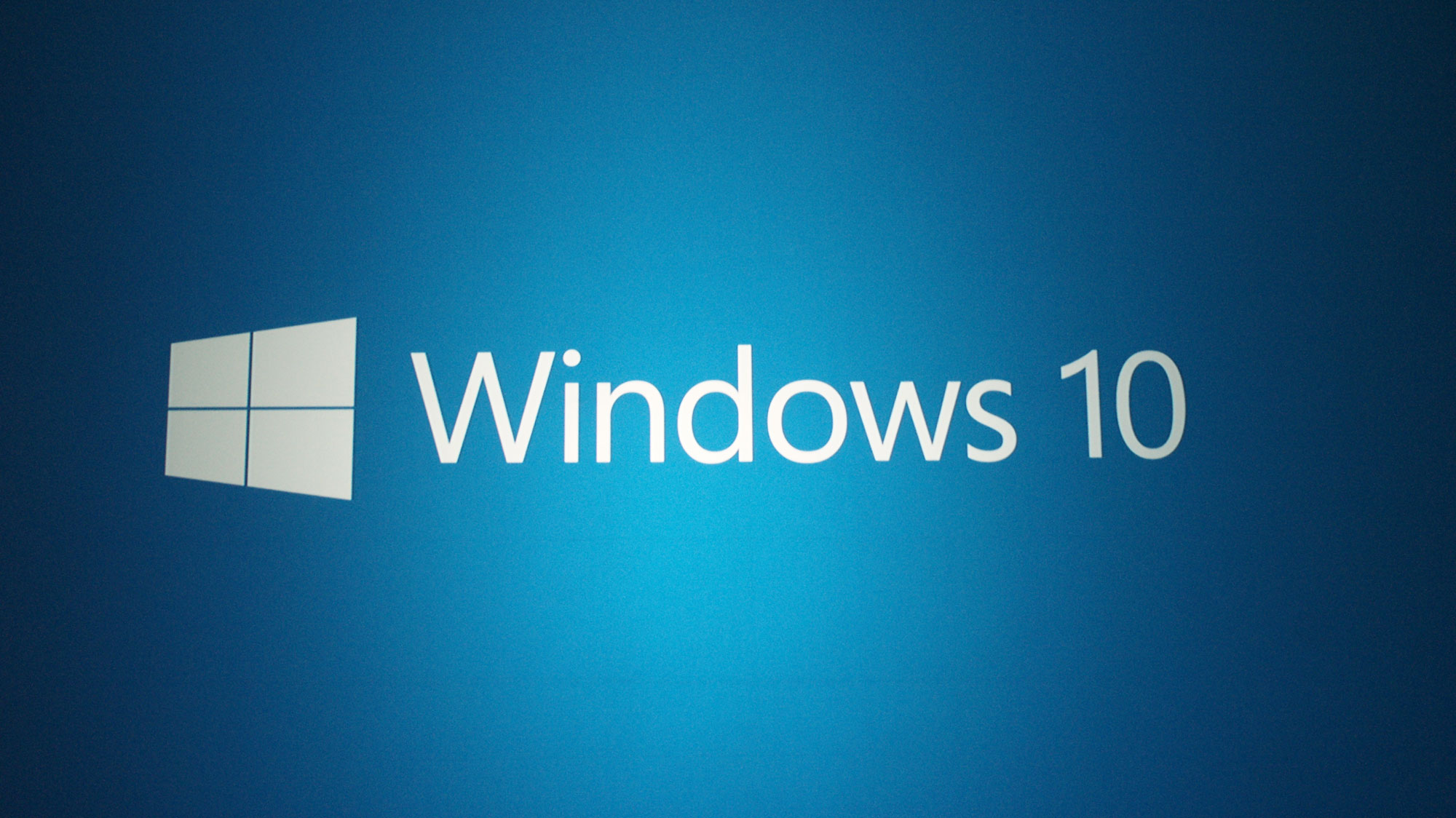 NEWS
NEWS
 NEWS
NEWS
 NEWS
NEWS
When Microsoft launched Windows 10 just under a year ago, the company confidently proclaimed its new flagship operating system would be running on a billion devices in just three years’ time. Now, the company has publicly admitted what many have suspected for a long time – that it’s not going to be able to achieve that goal.
Over the last year Microsoft has gone all-out in an aggressive push to get as many people to use Windows 10 as possible. First, it offered the OS as a free upgrade to all Windows 7 and Windows 8 users on both desktop and mobile devices. When it became clear that wasn’t enough to tempt people, the company resorted to more aggressive measures in an effort to trick even more people into downloading the new OS. But even that hasn’t worked – to date, Windows 10 is running on just 350 million devices, and Microsoft says it’s going to take more time to reach the magical one billion figure.
Not surprisingly Microsoft has attempted to play down its failure and put a positive spin on things.
“We’re pleased with our progress to date, but due to the focusing of our phone hardware business, it will take longer than FY18 [the year to July 2018] for us to reach our goal of one billion monthly active devices,” the company said in a statement to ZDNet. “In the year ahead, we are excited about usage growth coming from commercial deployments and new devices – and increasing customer delight with Windows.”
When Windows 10 first launched, for a while it looked as if Microsoft might reach its target. Indeed, the OS was installed on more than 75 million PCs just four weeks after its launch, and surpassed 110 million devices after just ten weeks. However, adoption quickly slowed down after that initial surge, and it wasn’t until six months after Windows 10’s launch that it hit 200 million devices. Three months later (nine months after launch) it reached 300 million devices, and the company is yet to hit the 400 million device mark.
At first glance it’s a pretty impressive growth rate – in fact, Windows 10 has grown faster than any previous operating system in history, including Windows 7. Indeed, if it wasn’t for Microsoft setting its one billion device target in the first place, most would agree that Windows 10 has been a runaway success.
One critical area where Microsoft has struggled to make the case for Windows 10 is in the enterprise, which has largely been unimpressed by the OS. While many companies have pilot programs in place to test Windows 10, many more appear unwilling to go through the hassle and expense of an upgrade when earlier operating systems like Windows 7 are still perfectly capable of doing everything they need.
Microsoft’s mobile strategy is another reason for its failure to hit the one billion device goal. Sales of Windows Phone, which were low anyway, have ballooned even further, and the platform shows no signs of turning around and helping the company to reach its goal.
Most likely we’ll see an uptick in adoption as users scramble to take advantage of Microsoft’s free upgrade offer before it expires this month. But even so, with the PC market still in decline, mobile on its deathbed and enterprises failing to take the bait, it’s going to be a while yet before Microsoft can deliver on its promise.
Support our open free content by sharing and engaging with our content and community.
Where Technology Leaders Connect, Share Intelligence & Create Opportunities
SiliconANGLE Media is a recognized leader in digital media innovation serving innovative audiences and brands, bringing together cutting-edge technology, influential content, strategic insights and real-time audience engagement. As the parent company of SiliconANGLE, theCUBE Network, theCUBE Research, CUBE365, theCUBE AI and theCUBE SuperStudios — such as those established in Silicon Valley and the New York Stock Exchange (NYSE) — SiliconANGLE Media operates at the intersection of media, technology, and AI. .
Founded by tech visionaries John Furrier and Dave Vellante, SiliconANGLE Media has built a powerful ecosystem of industry-leading digital media brands, with a reach of 15+ million elite tech professionals. The company’s new, proprietary theCUBE AI Video cloud is breaking ground in audience interaction, leveraging theCUBEai.com neural network to help technology companies make data-driven decisions and stay at the forefront of industry conversations.